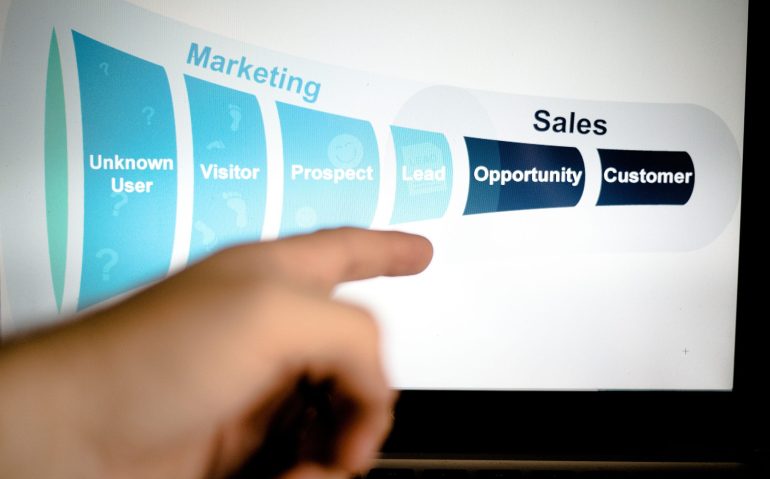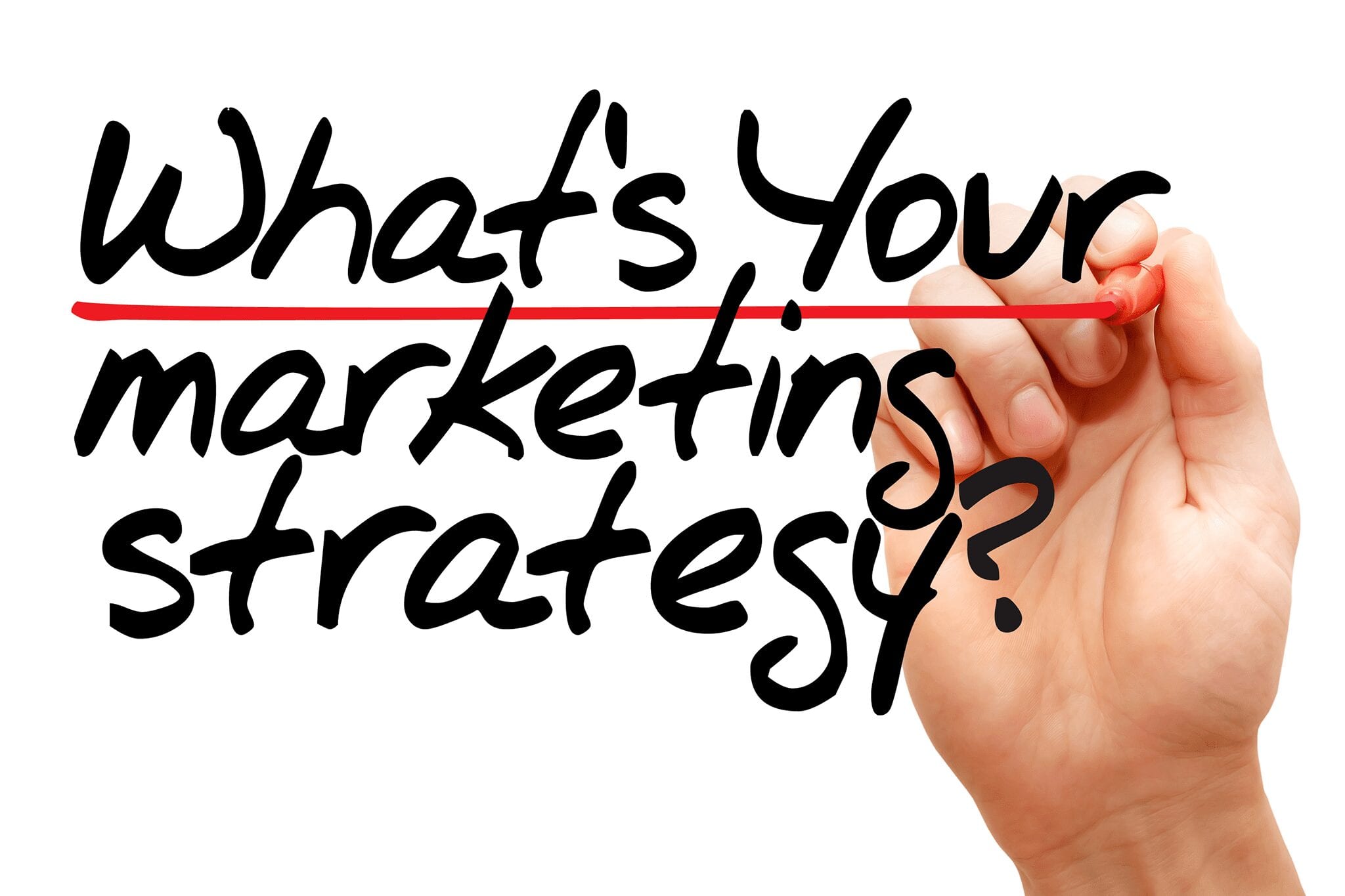A sales funnel is a marketing concept that breaks down the customer journey during the entire purchase process. The idea behind a sales funnel is that many prospects may begin at the top-end of the sales process, but not all will convert into customers and make a purchase. Simply put, a sales funnel is a sales strategy to narrow down, sort, and convert business leads into paying customers.
Understanding the Sales Funnel Stages
The four stages of a sales funnel are:
Awareness
At this stage, potential customers learn about your product, service, or solution. Then, they visit your website, either by clicking on an ad, through a link on a Google search results page, a social media post, or some other traffic source.
Interest
At this stage, potential customers are looking for solutions on search engines. Here, you can attract them with your search-engine-optimized content. At this stage, online users express their interest and follow you on social media or subscribe to your campaign.
Decision
At this stage, the prospects decide whether they want your offering or not. The offering may pique their interest, and they may dive deeper into different options or packages before finalizing the purchase.
Action
At the end of this stage, the prospect becomes a customer by closing the deal with your business. They accept your policies, click the purchase button, and transfer you the money. However, this isn’t the end of your customer interaction since the sales funnel is a loop.
Tips for Successfully Implementing a Sales Funnel
Keeping in mind all the stages above, below are 5 tips for successfully implementing a sales funnel.
1. Create an Exceptional Landing Page
Your landing page is usually the first connection between your business and prospects. Hence, you need to make a great first impression. So, here’s what you need to do:
- Make sure your product specifications reflect the promise presented in the clickable ad.
- Make sure the headline matches with the ad
- Create compelling calls-to-action while showing samples of your product
- Ask for customer contact info and offer free trial services
2. Use Personalized Communication Channels
The purpose of a sales funnel is to convert as many visitors into customers as possible. So, you need to use personalized communication channels. Look at your demographic, choose the channels your ideal customers use, and prefer while engaging with businesses. These include:
- Live chat
- Business texting
- Call
- Social media
3. Write Blogs to Help Your Customers
In the digital age, customers prefer self-service. They don’t like asking for everything. So, you need to quench their thirst for information. The best way to do this is with blog posts for your business. Include your story, product descriptions, industry news, and informative writing.
4. Optimize Social Media Engagement
Most of your potential customers actively spend time on social media. So, you cannot ignore this channel. You need to create an attractive page or profile on social platforms to attract your target audience. Show your expertise and the value you offer consistently. Make sure to provide links to your social media accounts on your landing pages.
5. Specialize and Market Your Strengths
While there are so many ways to implement a sales funnel, any strategy begins with knowing your strengths and weaknesses. Use a SWOT analysis to know where you stand. Brainstorm with your team, and ask for employee and customer feedback. Check where your strengths lie – financial resources, employee management, market position, reputation, products, or customer service.
Conclusion
While there are certainly more ways to implement your sales funnel, these pro tips will ensure you streamline the sales process and create a loop to attract new customers and retain them. An effective sales funnel makes it easy for you to grow, nurture long-term customers, and stand out from the competition.









